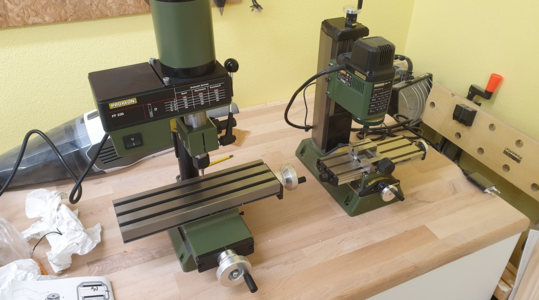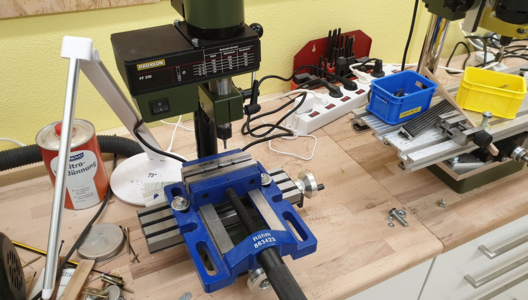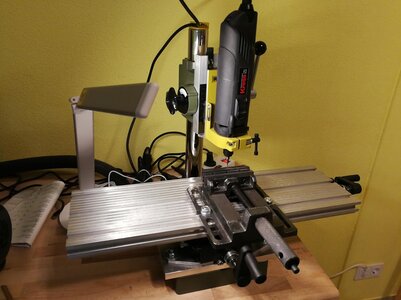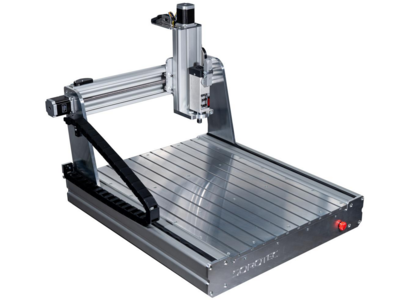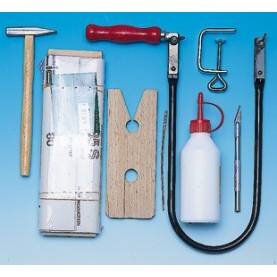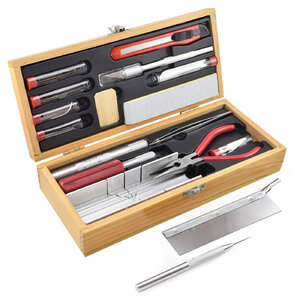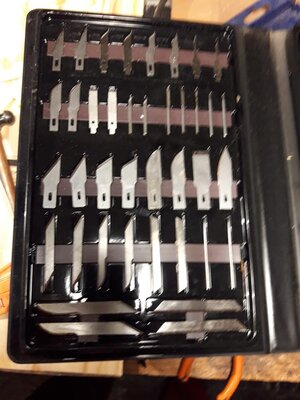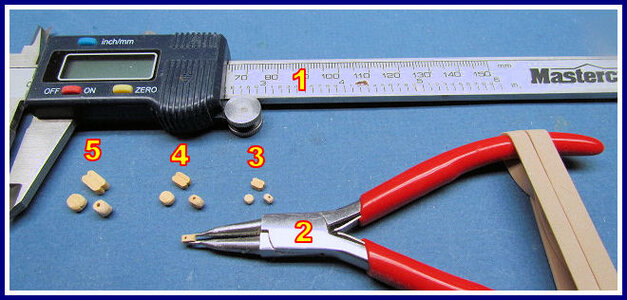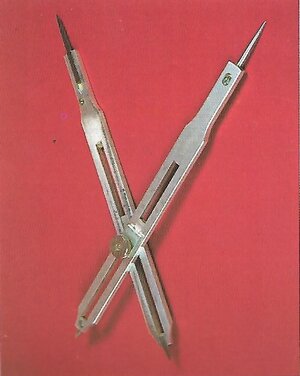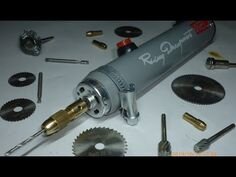But I have no idea where to start. Obviously, this would be for model ship making so I don't want to break the bank or go overboard on equipment I'll never need. But I think it would be pretty handy to be able to fabricate my own lumber and cut pieces, either manually or computer assisted.
Where should the rank beginner go to get started? Also curious if there are equipment recommendations.
You always start with purchasing the milling machine... However, if you already have a decent drill press with a coordinator table (X, Y), you can turn it to the mill. But...I would really ask yourself if you really need one? The true matter of facts is that, if you mostly building from kits without 'bashing' you don't need one!
If you still convince yourself you badly need one, and willing to mill, a good starting machine, I would personally recommend- is Proxxon MF70. It comes with everything you need to start, except end mill bits. The average cost is about $360.00~400.00 for the mill, and about $40.00 for the set of 3 end mill bits 1.0mm, 2.00mm, and 3.00mm
Small and beautiful - the accurate mill for lab, optician, jewelry, electronic, and model building projects. The stability of this machine facilitates the use of the finest cutters. Six triple slits, hardened MICROMOT steel collets are included.
Technical data:
Speed 5,000 - 20,000rpm. Table Size 7 7/8" x 2 3/4" (200 x 70mm). X-Y Travel 5 17/64" and 1 13/16" (134 and 46mm). Vertical Travel 2 3/4" (70mm). Footprint Size 5 7/64" x 8 55/64" (130 x 225mm). Height 13 25/64" (340mm). Max. Power 1/8hp (100W). Volts 110 - 120V AC, 60Hz. Weight 15.5 lb (7kg).
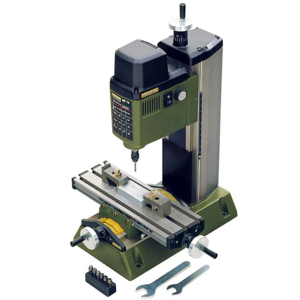
The mill comes with an X, Y table, set of holding clamps, collets, and ready for action. I didn't find youtube lessons dedicated to MF70 except for the one below.
Once you learn and happy, it can be addictive, and your spending spree will never end: precision vise, Dividing Attachment, and the list goes on...and on... So...think twice; you have been warned.








